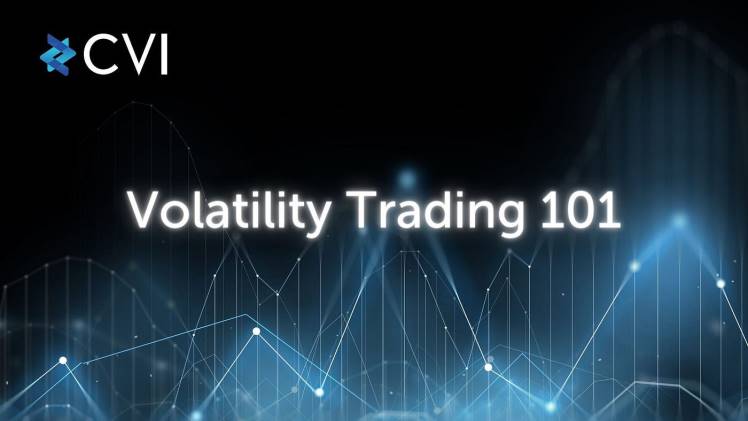Volatility 101: Understanding the Basics of Market Volatility

Do you feel confused and overwhelmed regarding the subject of market volatility? Are you a novice investor who has heard people talk about the ups and downs of stocks, but you need clarification on what they mean? Understanding how markets fluctuate can be intimidating for anyone new to investing—it certainly was for me. But fear not. The basics of understanding market volatility don’t have to be complicated.
In this article, we’ll cover all the essentials even an inexperienced investor needs to know to stay informed and up-to-date on their investments. We will explore topics such as why different markets move differently in terms of risk versus reward, which types of assets are more volatile than others, and tips on tracking securities over time so that you can make informed decisions about your portfolio. So get ready – let’s dive into Volatility 101.
What is Market Volatility, and Why Does it Matter
So, what does volatility mean? Market volatility refers to the frequent and unpredictable fluctuations in the prices of securities and indexes. While these fluctuations may seem chaotic, understanding market volatility is essential for making informed investment decisions. Some investors view market volatility as an opportunity to achieve higher returns, while others may see it as a potential financial risk.
Regardless of your outlook, it is vital to remember that market volatility is natural in finance. To navigate the ups and downs of the market, you will need to maintain a long-term perspective, invest in a diversified portfolio, and stay updated with the latest market trends. Doing so can weather the market volatility storm and make the most of a dynamic investment landscape.
Different Types of Market Volatility
When discussing market volatility, it’s essential to understand that not all markets move similarly. Some are riskier than others, while some offer potentially higher rewards. It’s crucial to know the different types of market volatility and their characteristics so you can make informed investment decisions. Equity volatility refers to the fluctuations in stock prices, which are typically more volatile than other markets. On the other hand, bond volatility is much lower due to its less risky nature.
Besides equity and bond volatility, there are also currency and commodity volatilities. Currency volatility measures the changes in exchange rates between different currencies, while commodity volatility refers to fluctuations in the prices of raw materials such as oil, gold, and agricultural products. Both currency and commodity volatility can significantly impact global markets and should be closely monitored by investors.
Benefits and Risks of Market Volatility
While market volatility can seem daunting, it’s important to remember that it also offers opportunities for investors. During periods of high volatility, there is a potential for higher returns as prices fluctuate and create buying opportunities at lower prices. However, with the potential for higher returns also comes the risk of losing money if you need to be well-informed or have a diversified portfolio.
One way to mitigate the risks of market volatility is through diversification. By spreading your investments across different markets and assets, you can minimise the impact of any single market’s volatility on your overall portfolio. It’s also essential to stay updated with market trends and have a long-term perspective on investing.
Strategies for Managing Market Volatility
When faced with market volatility, it’s natural to feel anxious and want to make quick decisions. However, this can often result in impulsive or emotional choices that may be better for your investments. Instead, having a well-thought-out investment strategy can help you manage market volatility more effectively.
One popular strategy is dollar-cost averaging, where investors invest a fixed amount of money at regular intervals, regardless of market fluctuations. This approach helps smooth out the impact of volatility and can result in a lower average cost per share over time.
Another strategy is to focus on long-term trends rather than short-term movements. By keeping a long-term perspective, you can avoid catching up in day-to-day fluctuations and make more informed decisions based on overall market trends. Additionally, staying diversified across different asset classes and markets helps reduce the impact of market volatility on your investments.
How to Calculate the Impact of Volatility on Returns
One way to understand the impact of market volatility on your returns is by calculating the standard deviation of a particular investment. Standard deviation measures how much an investment’s price varies from its average over a specific period. The higher the standard deviation, the more volatile the investment is considered.
Calculating standard deviation can help you evaluate an investment’s risk and determine if it aligns with your risk tolerance. It’s important to note that higher volatility doesn’t always mean higher returns, and you should consider other factors, such as the underlying fundamentals of the investment, before making any decisions.





